Have you been looking for an Amtrak adventure to find results with two or more trains with the same name and departure times but different route numbers and possibly prices and got confused? If so, this Amtrak Routes With Multiple Numbers article is for you!
Why would Amtrak run two or more trains back to back like that? What tickets should you buy?
Before we go further, Amtrak does not run two trains back-to-back; instead, it runs a few trains that split or come together along its routes.
This article will guide you through the confusion so that you can make the right decisions regarding buying tickets for these trains. As you read this article, you will learn the basics and become an Amtrak travel pro.
Amtrak Routes With Multiple Numbers Podcast Episode
Why does Amtrak do this?
As I said in the intro, Amtrak does not run back-to-back trains; instead, they have three long-distance routes where the trains split or come together.
Splitting trains allows Amtrak to serve more areas more efficiently with less equipment.
With these trains, each section has a route number, one section is the base number, and the offshoots have a number added to the base number.
For example, the New York section of the Lake Shore Limited is 49, with the Boston South Station being 449.
Between Albany and Chicago, the Lake Shore runs as one train, but after Albany, the Lake Shore Limited runs as two trains servicing New York and Boston and their intermediate stations.
What should you expect when the train is taken apart or put together?
When the train is separated and built, you can stay on the train or get off and watch.
Listen carefully to the staff’s instructions. If you get off the train, do not wander too far away and do not return on time; the train can and will leave without you.
If you stay on the train, you may feel some bumps while it happens; also, the lights will go off, and the emergency lights will come on. Additionally, the HVAC system will not work, but often, it does not take too long, so you shouldn’t experience too much discomfort.
The bathrooms will not work, and the food service cars will close, so plan accordingly.
The Amtrak Routes With Multiple Numbers
I use “build point” to identify where the trains come together or separate.
Empire Builder 7, 8, 27, & 28
Train 7 and 8 are the main trains for this route.
- Destinations and route number
- 7 Chicago to Seattle
- 8 Seattle to Chicago
- 27 Chicago to Portland
- 28 Portland to Chicago
- Build point
- Spokane, WA
The cafe car is on the Portland section for the Builder, and the dining car is on the Seattle side. So, if you need food and are going west, you want to do that early.
Lake Shore Limited 48, 49, 448, & 449
- Destination and route number
- 48 Chicago to New York
- 49 New York to Chicago
- 448 Chicago to Boston
- 449 Boston to Chicago
- Build point
- Albany-Rensselaer, NY, (ALB )
The cafe car is on the Boston Section and Sleeper Lounge (the flex dining car is on the NYP).
Texas Eagle 21, 22. 321, 324. 421, & 422/ Sunset Limited 1 & 2
The Sunset itself does not split or come together, but cars from the Texas Eagle get added or taken off this train.
If you are booking a trip between San Antonio, TX, and Los Angeles, going east, you could see options for trains #1 and #421 and going West #2, and $422.
Depending on the number, you could be on either train, but that is one train.
Destination and route numbers
South/Westbound
- 21 Chicago to San Antonio, TX
- 321 Chicago to St Louis, MO
- 421 Chicago to Los Angeles, CA
North/Eastbound
- 22 San Antonio, TX to Chicago
- 322 St Louis, MO to Chicago
- 422 Los Angeles, CA to Chicago
Build points
St Louis for the “300” cars
San Antonio for the “400” cars
The Texas Eagle between Chicago and San Antonio often uses a cafe/dinner car and flex dining. From San Antonio to LA, there is a full dining car with traditional dining and a cafe car.
These trains are put together at night or early in the morning. During that time, you may not have power or heating/AC. It does not take too long for them to make this move, and they are gentle when moving cars, or at least try.
Boarding And Riding Amtrak Routes With Multiple Numbers
When preparing to board the train, have your ticket in your hand and listen for instructions. Sleeper and coach cars for each section are together, but the sleepers may not be together.
For example, the Seattle sleepers on the Empire Builder are on the front of the train, while the Portland ones are on the back.
Sometimes, conductors may put the 7 and 27 coach passengers together in the same car if the destination is before the splits.
Once on the train, feel free to walk around and even get off at fresh air breaks. But ensure you get back to the right car and seat so conductors can get you off at the right spot.
Do not change your seat to a different one in another car without talking to the staff.
If you move to a different car, there is a chance you could end up in the wrong car when the train splits. You could go to the wrong destination sitting in the incorrect coach car. Not all doors open at all stops, so if you are in the wrong one, it will take you longer to get off the train because you have to go to the right car, or you could miss your stop.
Buying Ticket Basics For Amtrak Routes With Multiple Numbers
The biggest takeaway
The best takeaway from this article is to make a reservation that fits your budget and meets your accommodation needs.
If you take the Empire Builder from Milwaukee to La Cross, WI, it doesn’t matter if you are train 7 or 27; both “trains” will get there simultaneously, so either works and is “right.” In this case, the main difference is if you pick 27, you will walk to the second from the last car on the train and be closer to the lounge car.
Price difference
The price difference from section to section is because Amtrak uses a “bucket system.” Most transportation industries use the bucket system. Amtrak sets aside a set number of seats for each price bracket. After all the seats in the first buck sell out, the price jumps to the next bucket. It continues until that section or train sells out.
The ticket system looks at both sections of the train separately, which can cause price differences since it does.
There are times when a lower price might not be convenient. For example, a multiple-train option could appear if you travel from Milwaukee to Portland, OR.
For example, it may offer a roomette on train 7 (Seattle Builder) and then have you switch to a roomette in the 27 sleeper car to Portland during the Spokane, WA stop. This change does not happen at a convenient time for most people. If your next room is open, there could be a chance you could change early, but that is not a guarantee.
Paying a few extra bucks may be worth not dealing with that hassle. This situation can happen with coach tickets as well.
The moral of the story
Go with the cheapest ticket when it makes sense for you and your adventure as you book.
When boarding, listen for instructions so you get in the right car! When traveling, always know your train’s name and number and the destination for that train (or layover). Knowing the last stop of your route is helpful as well.
I hope this clarifies the confusion and does not create new ones.
Safe Travels,
Kev
Plus 050622

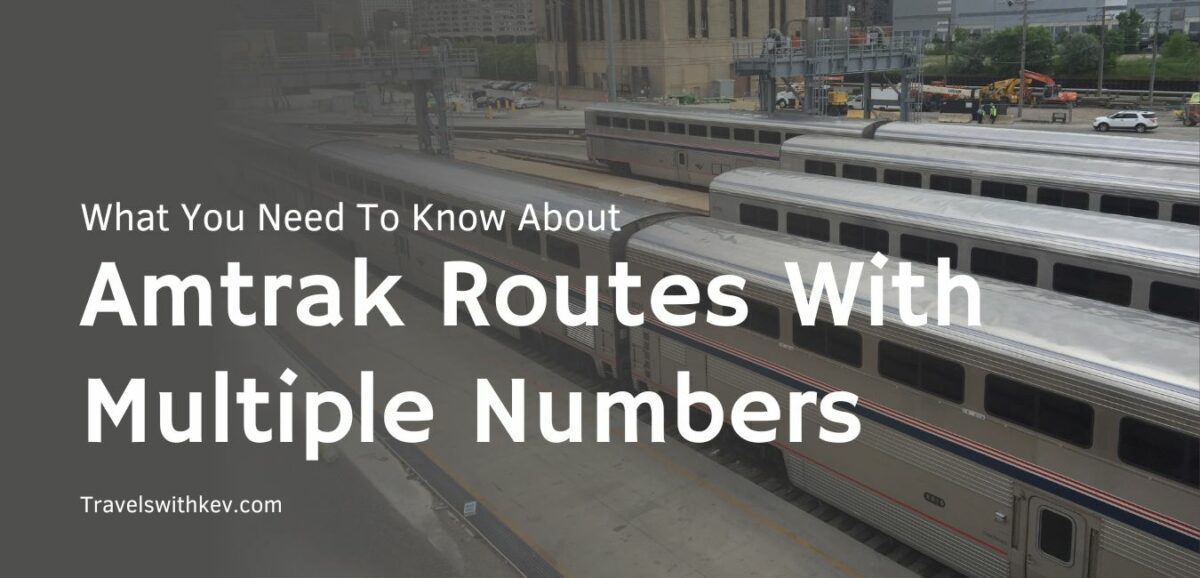
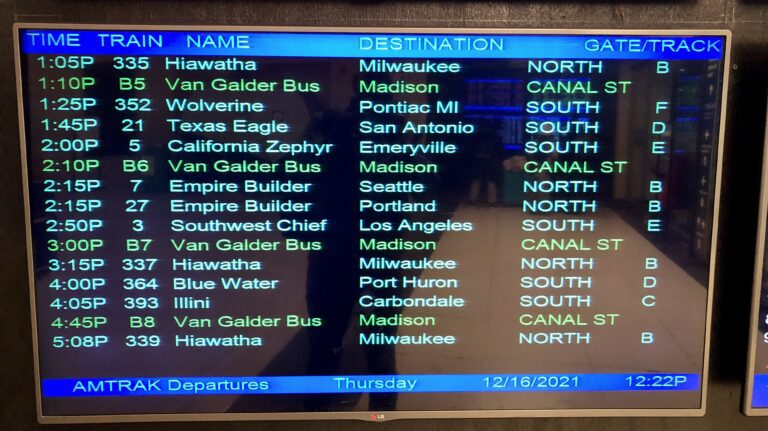
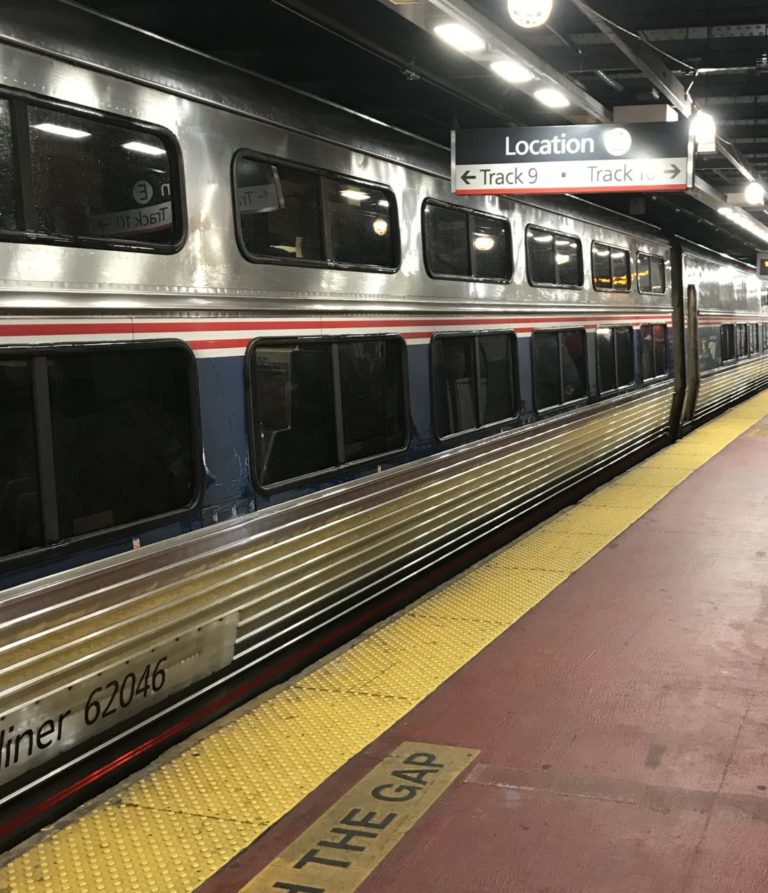
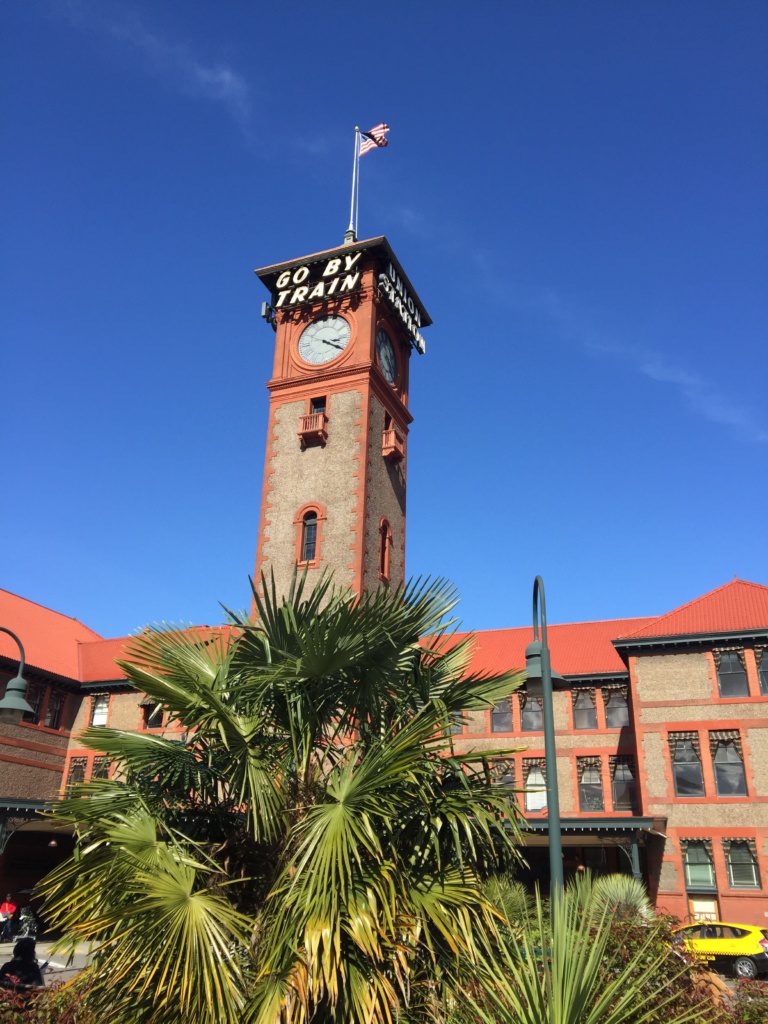
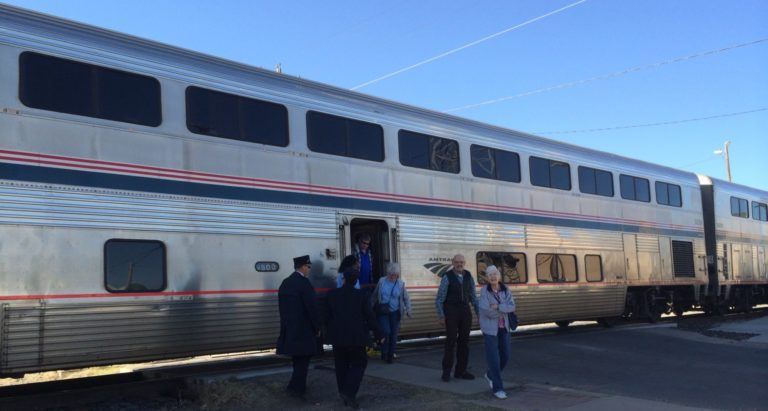
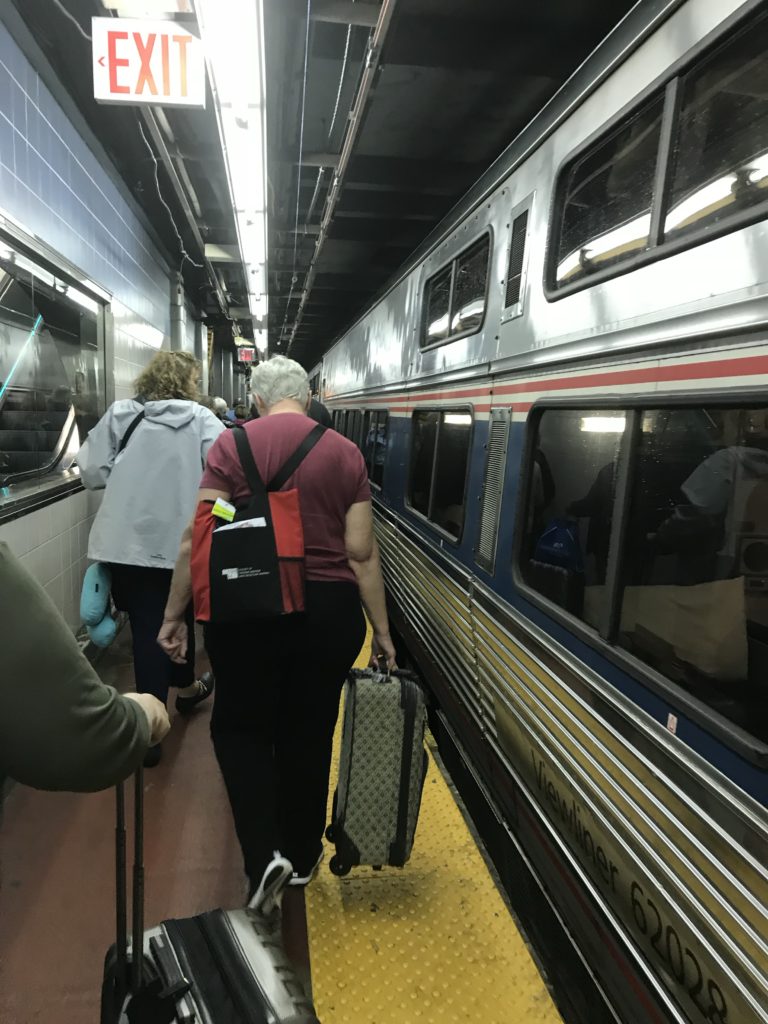




The Amtrak LSL timetable lists an addition 4-digit number (1448/1449), which shaves a little time off the destinations. Any idea what that’s for?
From my understanding, the 1448 and 1449 are projected schedules that could go live in 2027. I am not sure why they would display them so early.
I hope that helps!
Safe travels and happy planning,
Kev